Introduction
In a world where efficiency and accuracy are paramount, the choice between various barcode scanners can significantly impact your business operations. With technology advancing at a relentless pace, selecting the right scanner has become more complex than ever. This review dives into the latest barcode scanners, shedding light on their performance, ease of use, and how they stack up against traditional models. By comparing features, we aim to demystify the process, making it straightforward for you to choose a device that not only meets but exceeds your expectations. Whether you’re in retail, warehousing, or logistics, understanding these nuances could be the game-changer your operation needs.
Key Takeaways
- When selecting a barcode scanner, it’s crucial to understand the different types available and how they align with your specific needs, as outlined in “Understanding Barcode Scanners.”
- For environments that demand robustness, such as warehouses or manufacturing plants, industrial scanners are preferable for their durability and reliability, a point emphasised in “Why Choose Industrial Scanners.”
- The comparison between Zebra and Honeywell scanners reveals that both brands offer unique benefits, making it important to assess which features align best with your operational requirements, as discussed in “Exploring Zebra and Honeywell.”
- The “Durability in Focus” section underscores the importance of considering a scanner’s build and resistance to environmental factors to ensure long-term usability.
- An analysis of performance metrics, including scan speed and accuracy, is vital for ensuring the scanner can handle your workload efficiently, as detailed in “Performance Analysis.”
- Integration capabilities with existing software and systems should not be overlooked, as seamless operation can significantly enhance productivity, a key point made in “Software and System Integration.”
- Lastly, taking into account customer insights and feedback, as well as future technological advancements, can guide a more informed purchase decision, as suggested in “Customer Insights and Feedback” and “Future Outlook.”
Understanding Barcode Scanners
Types and Uses
Barcode scanners have become indispensable in various sectors, notably retail, warehousing, and logistics. They are broadly classified into handheld, stationary, and mobile computer scanners. Handheld scanners are versatile and widely used in retail environments for their portability and ease of use. Stationary scanners offer hands-free operation, making them ideal for checkout counters and industrial assembly lines. Mobile computer scanners combine scanning capabilities with the functionality of a computer, proving invaluable in warehousing and logistics for inventory management.
Choosing the right scanner hinges on understanding specific business needs. In retail settings, handheld devices facilitate quick checkouts. Warehouses benefit from mobile computers that assist in real-time inventory tracking. It’s clear that selecting a scanner tailored to the operational demands can significantly enhance efficiency.
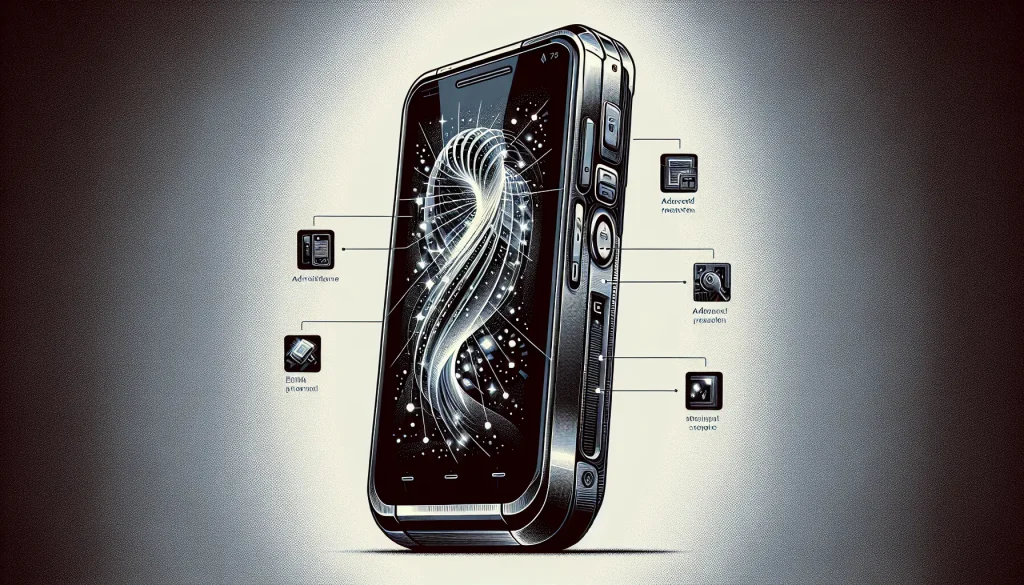
Market Trends
The barcode scanner market is evolving rapidly, driven by the surge in e-commerce activities. This growth has escalated demand for efficient inventory management systems, placing barcode scanners at the forefront of logistical operations. Current trends indicate a shift towards more compact, durable, and faster-scanning devices.
E-commerce expansion has not only increased the volume of goods being processed but also raised customer expectations for swift delivery times. These factors necessitate advanced barcode technology capable of handling high volumes efficiently. Future developments may include enhanced connectivity features and integration with cloud-based systems to further streamline operations.
Selecting the Right Scanner
When choosing a barcode scanner, several key factors merit consideration. Compatibility with existing systems ensures seamless integration while scanning range flexibility accommodates different operational scales. The type of barcodes used—whether 1D or 2D—also dictates the choice of scanner.
Ergonomics play a crucial role in user satisfaction, especially in environments requiring frequent use. A user-friendly interface minimizes training time and maximizes productivity. Therefore, conducting a comprehensive needs assessment prior to purchase cannot be overstated. This step helps identify specific requirements, ensuring the selected scanner boosts operational efficiency rather than becoming a hindrance.
Why Choose Industrial Scanners
Durability Factors
Industrial environments demand rugged tools. This is where the durability of barcode scanners comes into play. They must withstand drops, knocks, and exposure to elements. Leading brands often use materials like reinforced plastics and rubber for shock absorption.
They also feature waterproof and dustproof designs. Some are certified to IP65 or even IP68 standards, meaning they can handle immersion in water and exposure to dust without damage. Shock-resistant features ensure they survive multiple drops onto concrete floors.
Scanning Performance
Scanning performance hinges on several factors. These include scanning distance, angle, and lighting conditions. Industrial scanners excel in these areas, offering flexibility that standard scanners can’t match.
The importance of high-speed scanning cannot be overstated for efficiency in logistics and retail environments. Options vary between laser and image-based scanners. Laser types excel in speed but may struggle with damaged barcodes or under bright light. Image-based scanners are more versatile, handling a wider range of barcode conditions and types.
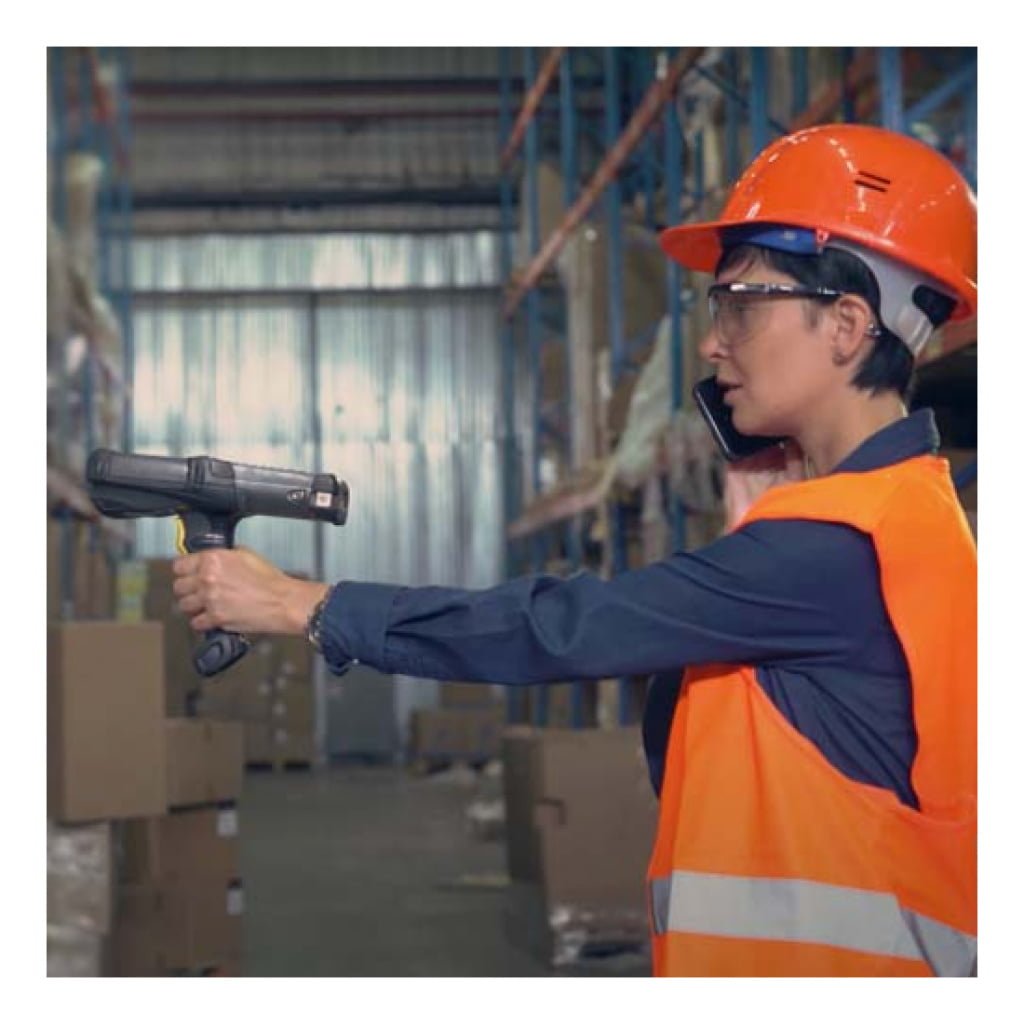
Software Integration
Integrating barcode scanners with existing software systems is crucial for seamless operations. This process ensures compatibility with inventory management and POS systems, vital for real-time data access.
tware plays a significant role in enhancing data collection and analysis. It turns raw scan data into actionable insights, helping businesses track inventory levels, order histories, and customer purchases more efficiently.
Exploring Zebra and Honeywell
Rugged Design
Rugged design in barcode scanners refers to their ability to withstand harsh conditions. This includes resistance to drops, dust, water, and extreme temperatures. Zebra and Honeywell models excel in this area, offering devices with high IP ratings that guarantee durability.
Zebra’s scanners often come encased in industrial-grade materials. They can survive numerous drops from significant heights. Honeywell’s scanners are similarly robust, designed for demanding environments like warehouses and manufacturing floors.
Investing in these rugged devices provides a cost-effective solution over time. They reduce the need for frequent replacements. Businesses operating in tough conditions find this particularly beneficial.
Advanced Capabilities
Both Zebra and Honeywell have pushed the envelope with advanced features. Their scanners offer wireless connectivity and GPS integration. This allows for real-time tracking of inventory across vast areas. Large data storage capacities also mean more information can be processed without constant syncs.
A standout feature is the ability to read multiple codes simultaneously. This drastically improves efficiency during inventory checks or point-of-sale operations. Future-proofing is another critical aspect, with both brands offering scalable solutions that adapt to growing business needs.
The benefits of such features cannot be overstated. They not only streamline operations but also enhance accuracy and speed across tasks.
Integration Ease
Ease of integration plays a pivotal role in choosing a barcode scanner. Both Zebra and Honeywell shine here, offering plug-and-play models that seamlessly connect with existing systems. This simplicity ensures businesses can get up and running quickly without extensive downtime.
Support and training from manufacturers further ease the integration process. It ensures users can maximise the benefits of their new scanners without steep learning curves.
Durability in Focus
Rugged Handheld Devices
Rugged handheld devices outshine standard models significantly in durability and performance. They’re built to withstand harsh conditions, making them ideal for fieldwork. Features such as water resistance, shockproof casings, and dust protection are commonplace. These attributes ensure the device’s longevity even in the most challenging environments.
Battery life plays a crucial role in the efficiency of rugged devices. Long-lasting batteries support extended work periods without the need for frequent recharging. This is especially beneficial for workers in remote locations where power sources are scarce.
Ensuring Reading Accuracy
Technologies like auto-correction and high-resolution cameras greatly enhance reading accuracy in barcode scanners. Auto-correction software minimises errors during scanning, ensuring data integrity. Meanwhile, high-resolution cameras capture barcodes at various distances and angles, facilitating quick and accurate scans.
Regular maintenance and calibration are essential for maintaining optimal performance. They ensure the scanner’s components are functioning correctly and efficiently.
The quality of barcodes themselves impacts reading accuracy. Poorly printed or damaged barcodes can lead to scanning errors. Thus, ensuring high-quality barcode production is as important as the technology used to read them.
Durability Comparison
When comparing durability across brands, Zebra and Honeywell emerge as leaders due to their focus on creating robust products designed for demanding environments. However, this superior durability often comes with a higher price tag. It’s a balance between investing more upfront for a device that will last longer versus saving money on a less durable option that may need replacing sooner.
Industry standards for durability ratings, such as IP ratings (Ingress Protection), provide valuable benchmarks. These ratings offer insight into how well devices resist elements like water and dust. Scanners with higher IP ratings tend to offer better protection against environmental factors, contributing to their overall durability.
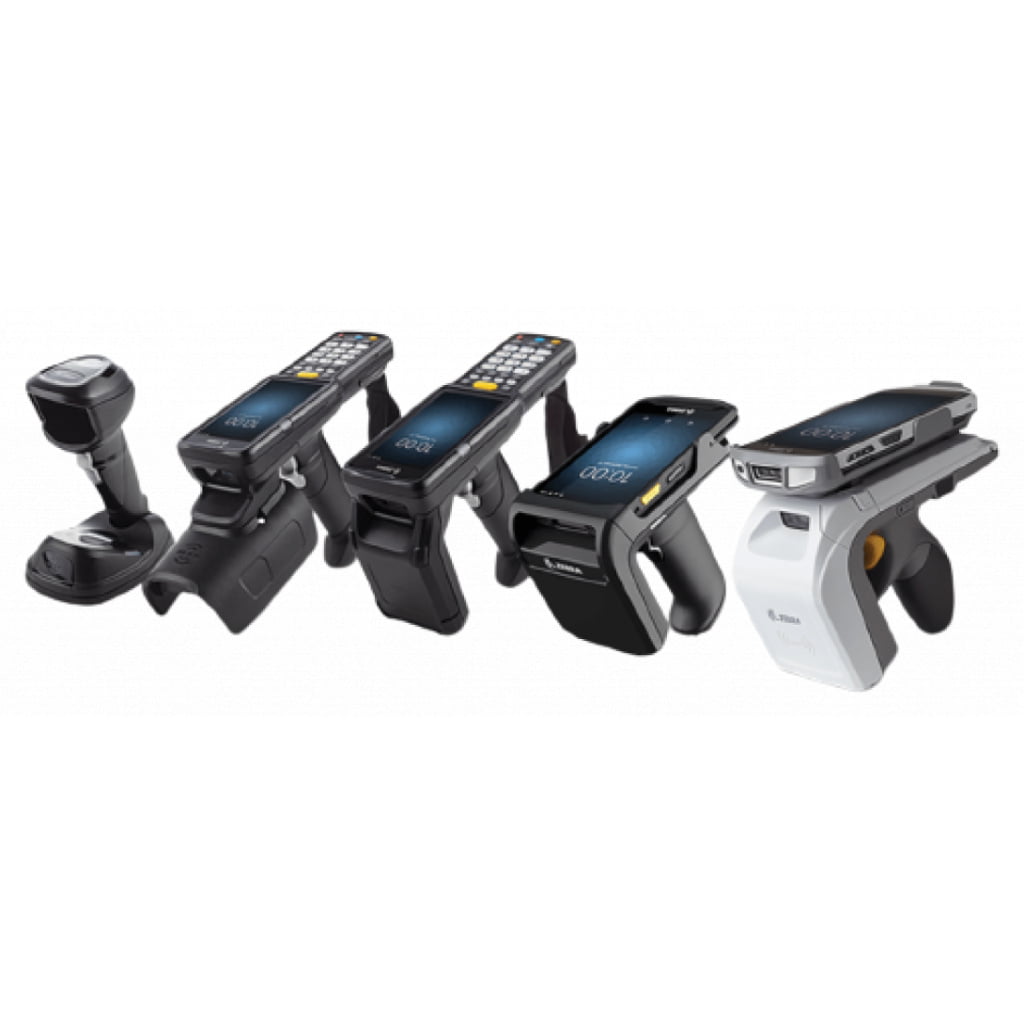
Performance Analysis
Scanning Capabilities
Barcode scanners have evolved to read a wide range of codes, from the basic 1D barcodes to more complex 2D codes. This versatility is crucial for businesses that deal with various types of barcodes on a daily basis. The ability to adjust scan angles and distances plays a significant role in operational flexibility, allowing devices to capture data from awkward angles or in tight spaces.
Scanners equipped with advanced technology can reliably read damaged or poorly printed barcodes. Such capability ensures uninterrupted workflow and reduces the need for manual data entry, which can be prone to errors.
Image-Based Scanning
Unlike traditional laser scanners, image-based scanning offers a plethora of advantages. These devices capture an image of the barcode before decoding it, which not only aids in accuracy but also allows for the storage of images for future reference. This feature is particularly beneficial for record-keeping and compliance purposes.
Image-based scanning finds its application beyond mere barcode reading; it’s instrumental in document management and verification processes. Businesses can streamline their operations by integrating these scanners into their systems, ensuring documents are correctly catalogued and easily retrievable.
Accuracy and Speed
The cornerstone of efficient barcode scanning lies in its accuracy and speed. High-performance scanners significantly reduce the likelihood of errors, which in turn enhances overall operational efficiency. When comparing scanner technologies, it’s evident that some excel in speed but may fall short on accuracy or vice versa.
Adjusting scanner settings and investing in user training can profoundly impact both accuracy and speed. Proper configuration ensures that scanners are optimized for specific tasks, while skilled operators can leverage the device’s capabilities to its fullest extent.
Software and System Integration
Warehouse Apps
Integration with warehouse management apps is revolutionising how barcode scanners are used. These apps, when paired with advanced scanning technologies, offer seamless inventory tracking and order fulfilment processes. They enable users to access and update data in real-time, significantly reducing errors and improving efficiency.
The benefits of this integration cannot be overstated. Real-time data access ensures that inventory levels are always accurate, enabling better decision-making. Moreover, the streamlined order fulfilment process enhances customer satisfaction by ensuring timely deliveries.
2D Barcode Industry
The adoption of 2D barcodes is on the rise across various industries. Unlike traditional barcodes, 2D versions store much more information and offer enhanced security features. This makes them ideal for applications requiring detailed product information or secure transactions.
However, scanning 2D barcodes presents unique challenges, such as the need for more sophisticated scanning technology. Solutions include investing in high-quality scanners capable of reading these complex codes and training staff to handle the nuances of 2D barcode scanning effectively.
Growth Strategies
For businesses looking to grow, leveraging barcode technology is a strategic imperative. Barcode scanners play a crucial role in enhancing inventory management and customer service. By providing accurate inventory data, companies can avoid stockouts and overstocking, leading to better customer experiences.
Furthermore, barcode technology opens up new opportunities for businesses to expand into new markets or services. For instance, implementing mobile point-of-sale (POS) systems based on barcode scanning can streamline sales processes and improve service delivery in retail environments.
Customer Insights and Feedback
Community Insights
The user community often shares valuable insights on barcode scanners, highlighting both their strengths and weaknesses. Common issues like durability concerns or compatibility problems frequently surface. Thankfully, many find resolutions through software updates or by consulting with the manufacturer’s customer support. This underscores the importance of active community forums and review sites in aiding potential buyers. They not only serve as a resource for troubleshooting but also help in making informed decisions based on collective experiences.
Community support has proven crucial in navigating the vast options of barcode scanners. It offers a real-world perspective that complements technical specifications, making it an indispensable tool for businesses looking to invest in these devices.
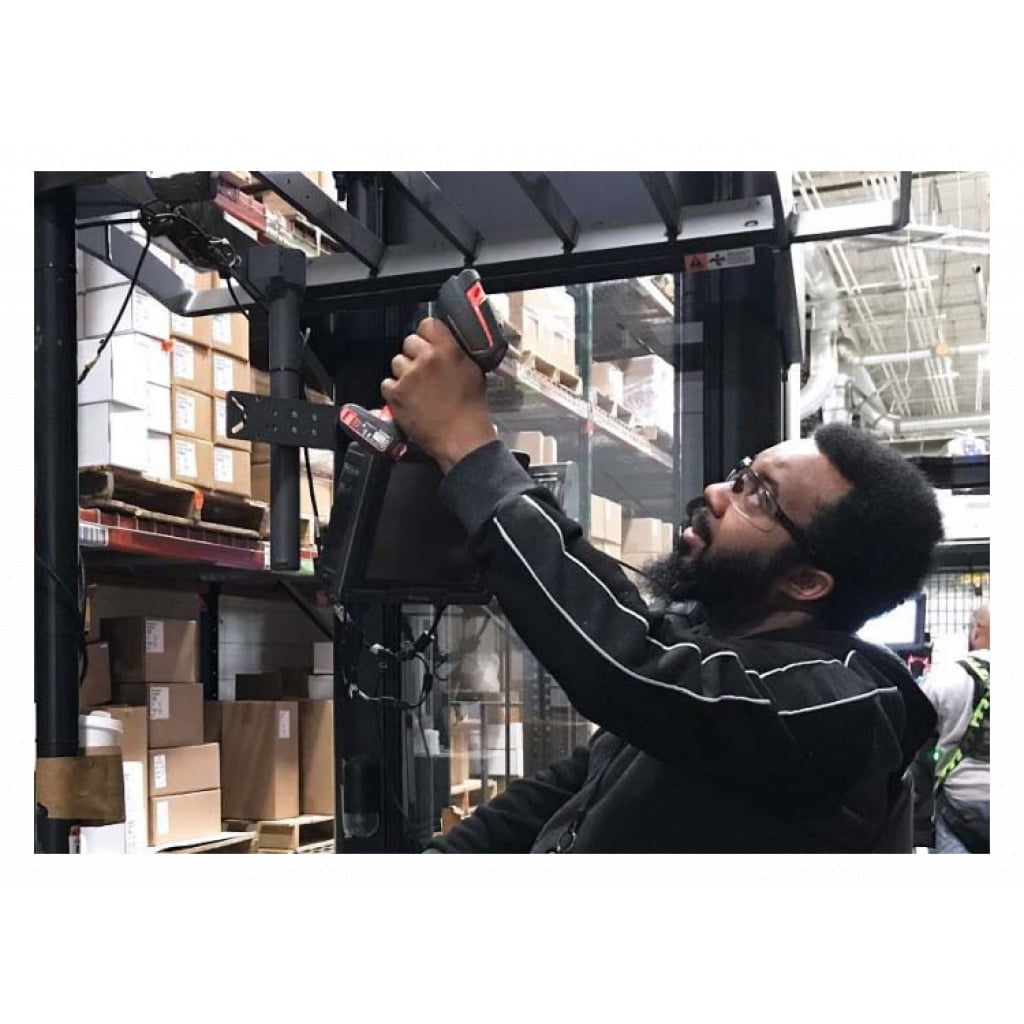
Key Features Takeaways
When delving into the myriad of barcode scanner options, certain key features stand out: durability, scanning performance, and ease of integration. These elements are pivotal in ensuring that the chosen device can withstand daily operations, accurately capture data quickly, and seamlessly integrate with existing systems.
Given the previous discussion on software and system integration, it’s clear that compatibility is not just a nice-to-have but a necessity for operational efficiency. Therefore, businesses must consider their specific needs when selecting a barcode scanner. For instance, a retail environment might prioritise speed and ease of use, while industrial settings could require devices with rugged construction.
It’s advisable to focus on features that promise long-term benefits and scalability. This foresight ensures that the investment continues to meet business requirements as they evolve.
Customer-Focused Solutions
Selecting barcode scanners that align with customer needs is paramount. This approach often leads to custom solutions that tackle unique business challenges head-on. For example, a bookstore may opt for lightweight scanners with easy-to-use interfaces, enhancing the shopping experience for both employees and customers.
Examples abound where tailored solutions have significantly improved operational workflows. These range from handheld devices for high-volume retail environments to fixed scanners for manufacturing lines where hands-free operation is essential.
The role of customer service and support cannot be overstated in delivering these solutions effectively. Beyond just selling a product, vendors offering comprehensive post-sale support ensure businesses can maximise their investment through troubleshooting assistance and guidance on best practices.
Future Outlook
Industry Forecast
The barcode scanner industry stands on the brink of significant transformation. Experts predict a steady market growth over the next decade, driven by retail and logistics sectors’ relentless demand. Emerging trends, notably in contactless transactions and inventory management, are expected to reshape the landscape. These shifts hint at vast areas ripe for innovation, including enhanced data analytics and real-time tracking capabilities.
Moreover, sustainability and eco-friendliness emerge as pivotal investment avenues. Companies are increasingly seeking ways to reduce their carbon footprint through efficient barcode scanning solutions.
Technological Advancements
Recent years have witnessed a leap in barcode scanning technology, largely thanks to artificial intelligence (AI) and machine learning enhancements. These advancements have not only skyrocketed efficiency but also accuracy levels, setting new industry standards.
The integration of AI has paved the way for sophisticated applications beyond traditional boundaries. For instance, healthcare now employs advanced scanners for patient tracking and medication management. This evolution underscores a trend towards more versatile use cases, promising exciting opportunities for businesses across various sectors.
Strategic Planning
Incorporating barcode scanning technology into business operations demands meticulous strategic planning. It’s crucial to consider not just current needs but also scalability and future technological shifts. Planning should encompass input from multiple departments to ensure comprehensive coverage of all potential impacts.
Furthermore, feedback from customers highlights the importance of user-friendly interfaces and seamless integration with existing systems. Addressing these aspects can significantly enhance operational efficiency and customer satisfaction alike.
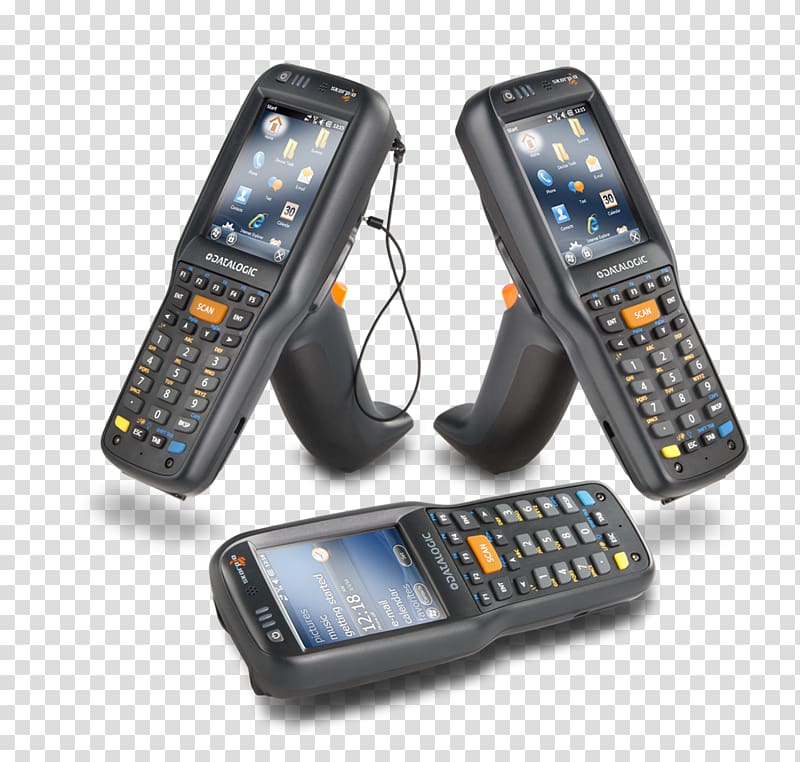
Closing Thoughts
Navigating the world of barcode scanners, you’ve journeyed through the essentials, from understanding their core functionality to delving into the robust offerings of industry giants like Zebra and Honeywell. You’ve weighed durability against performance, scrutinised software integration capabilities, and considered the invaluable insights of fellow users. Moreover, peering into the future has likely sparked ideas about how evolving technology could further streamline your operations. This exploration equips you with the knowledge to make an informed decision that aligns with your business needs, ensuring efficiency and reliability in your day-to-day transactions.
Now’s the time to act. Reflect on how a well-chosen barcode scanner could transform your workflow, enhance productivity, and ultimately contribute to your bottom line. Don’t let the future of your operations hinge on guesswork; choose a path informed by expertise and user experience. Start today by reviewing your options and taking a step towards optimising your business processes.
Frequently Asked Questions
What are the main types of barcode scanners?
Barcode scanners can be broadly categorised into handheld, stationary, mobile computers, and pen-type models, each designed for specific use cases.
Why should I consider industrial barcode scanners?
Industrial barcode scanners offer enhanced durability and performance, making them ideal for demanding environments where reliability is crucial.
How do Zebra and Honeywell barcode scanners compare?
Zebra and Honeywell both provide high-quality scanners with a focus on durability and integration capabilities, but their offerings may vary in terms of specific features and price points.
What makes a barcode scanner durable?
Durability in barcode scanners is often defined by rugged design, resistance to drops, dust, and water ingress, ensuring longevity even in harsh conditions.

Ulrik Maxen: Specialist in rugged computers and mobile scanners
Ulrik is an industry veteran with over two decades of expertise working with rugged computers and mobile barcode scanners. Brands include Panasonic, DELL, Getac, Zebra, and Honeywell/Intermec. He is known for his commitment to delivering products and solutions that increase operational efficiency. Dedicated to following new market trends and client satisfaction, Ulrik is a trusted advisor where rugged computers and mobile barcode scanners must be deployed.





